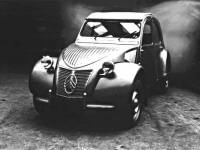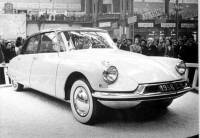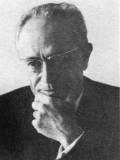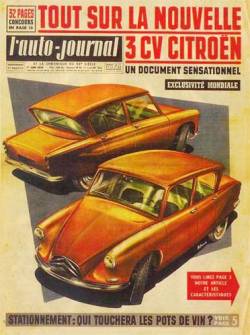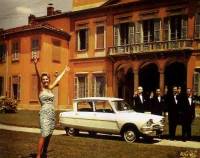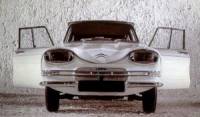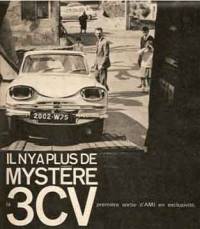→ Home and news archive
- History of the Citroen Ami6
-
The Models
Tech. Data
- Tables and Adjustment values:
Engine and Lubrification, Greasing, Gearbox, Carburator, Steering, Wheels and Tyres, Lamps and Illumination, Special Tools
Literature & Memorabilia
- NEU: Big Gallery of Ami6 at Flickr.com (NB: Takes time to load!)
Suggested Links
Ami6 Register
Everything Else
- Imprint - please note!
